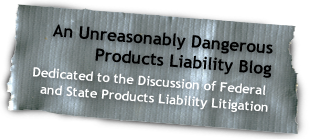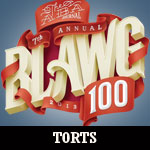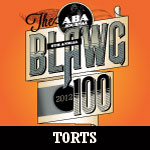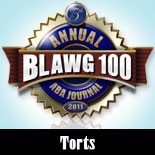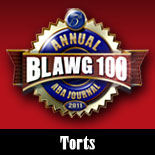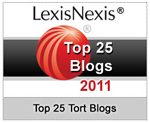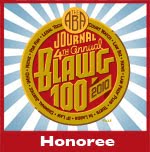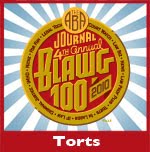Dear Expert Witnesses: Please tell me you’ve actually done this before, before we do a deposition. Thanks. Sincerely, The Plaintiff.
A few years ago, we wrote about a case involving an expert who didn’t conduct testing prior to rendering his opinions, thus ensuring that he could actually get the results he wanted to support his “findings.” Today, we feature another episode in the sitcom we’ll call “The Expert Who Wasn’t.” In Ho v. Michelin North America, Inc., No. 11-3334 (10th Cir. March 29, 2013), the plaintiff, Melinda Ho, appealed a district court order excluding her proposed tire expert and granting summary judgment to Michelin. In 2007, Ms. Ho was injured in car accident when a car driven by Linda Lange suffered a left front tire belt and thread detachment, forcing the car into the oncoming lane of traffic and injuring Ho. She brought a products liability case against Michelin, alleging defective design, defective manufacture, failure to warn, breach of warranty, and negligence. Thus began a comedy of errors, at least as far as the plaintiff’s experts were concerned.
Ho identified two experts to testify about the cause of the tire failure. The first, Patrick Cassidy, a Ph.D. chemist, testified that the age of the tire was a major issue, and that age had “an effect” in the cause of the tire failure. However, he testified that there were a number of potential causes of the failure, and that he would not testify that the age of the tire caused it to fail.
Internal monologue by the plaintiff’s attorney during deposition: “Then WHY am I paying you?”
Cassidy also testified he had no scientific evidence that the tire was defectively manufactured and, although he identified a potential design defect, he could not testifiy that it caused the failure. He admitted he was not a warnings expert and could not testify about that issue. Also, not helpful to the case of the plaintiff’s attorney.
Enter expert number 2, William Woehrle. After a Daubert hearing, was also excluded. The Court, helpful as always, reminded us about the four, non-exclusive Daubert factors used in testing an expert’s admissibility in federal court:
1. Whether the opinion at issue is susceptible to testing and has been subject to such testing;
2. Whether the opinion has been subjected to peer review;
3. Whether there is a known or potential rate of error associated with the methodology used and whether there are standards controlling the technique’s operation; and
4. Whether the theory has been accepted in the scientific community.
Here was the problem with Woehrle: he rested his opinion essentially solely on his credentials working in the tire industry for 40 years and 30 years of teaching accident investigation. He had no experience designing tires, and the testing he did was minimal at best, and it was not the most accurate testing available for the product. Furthermore, Woehrle’s methodology and general claims and opinions were “contrary to the generally accepted engineering literature.” Such obstacles could not be overcome.
In the end, both of Ms. Ho’s experts were excluded by the trial court, a decision that the Tenth Circuit upheld. Moreover, without expert testimony, the plaintiff’s case failed, and summary judgment for Michelin was affirmed.

